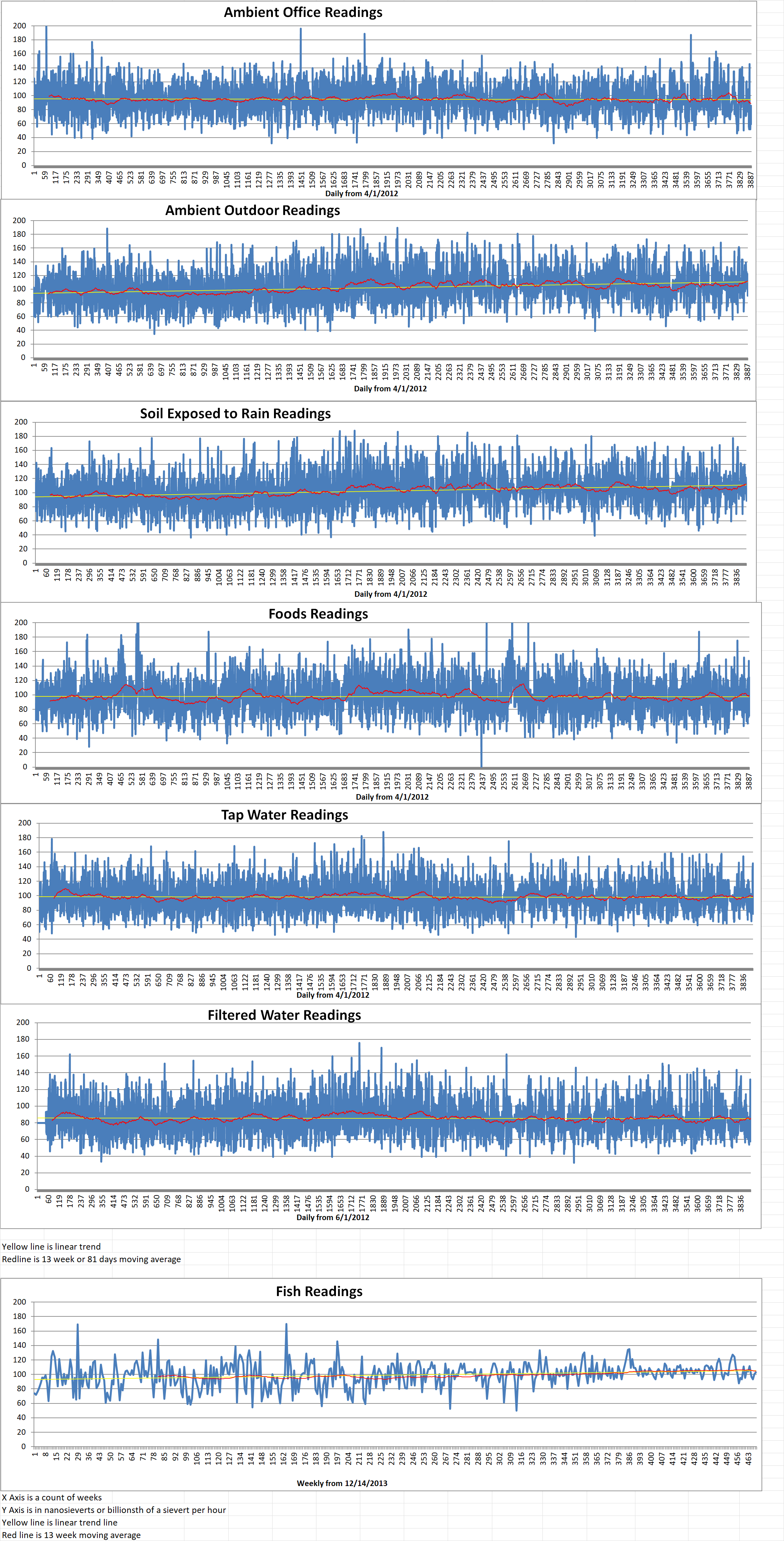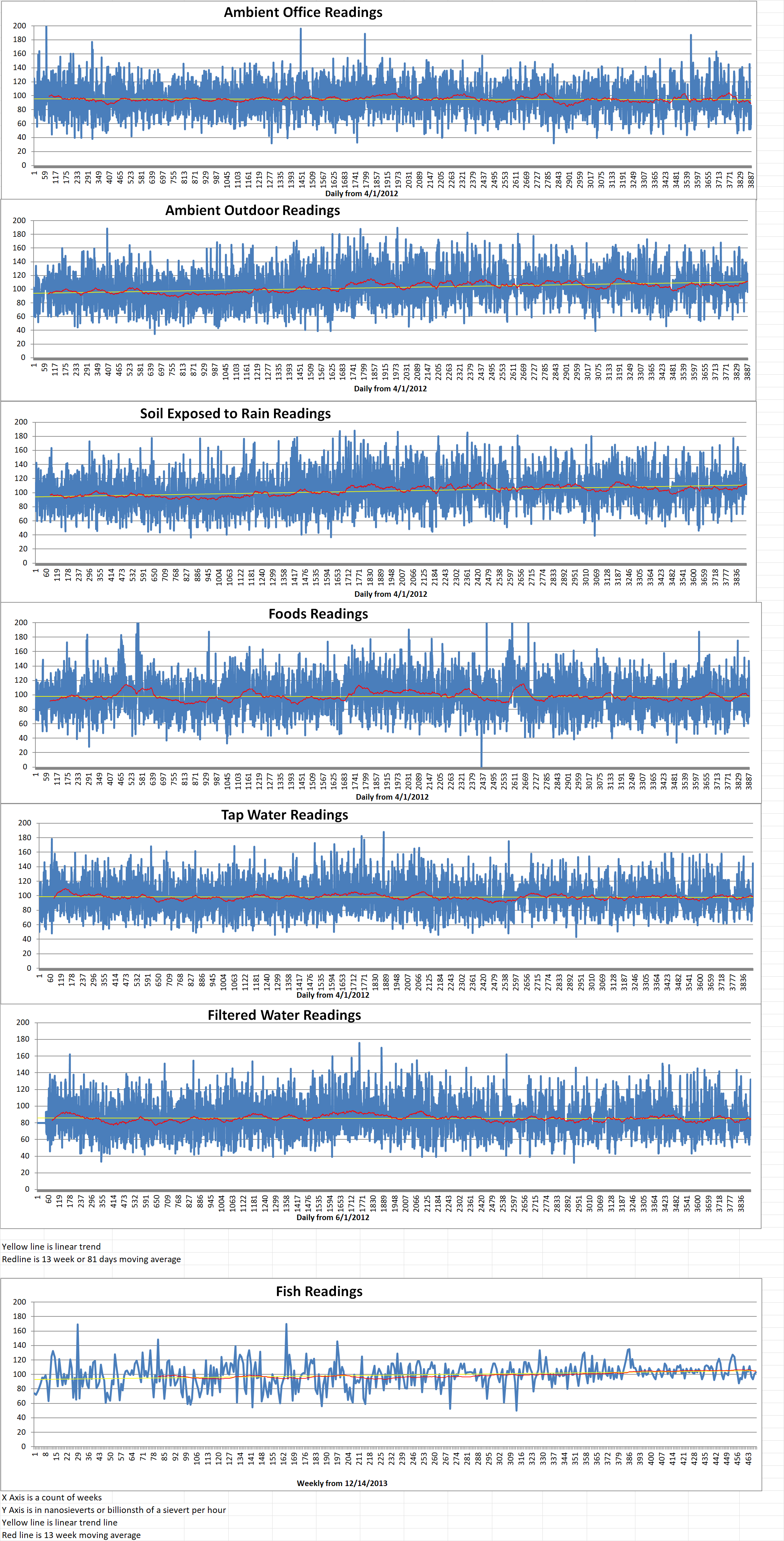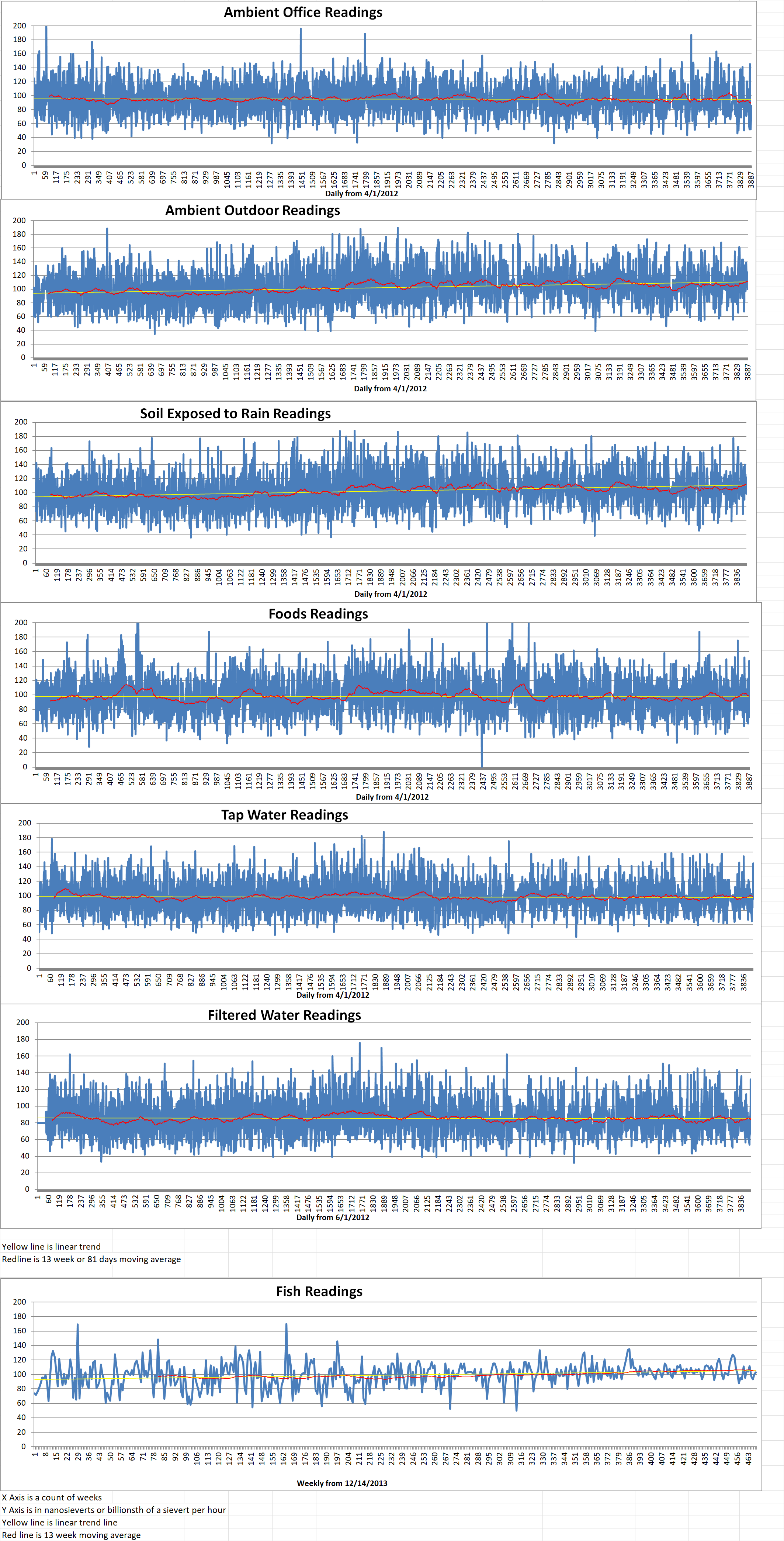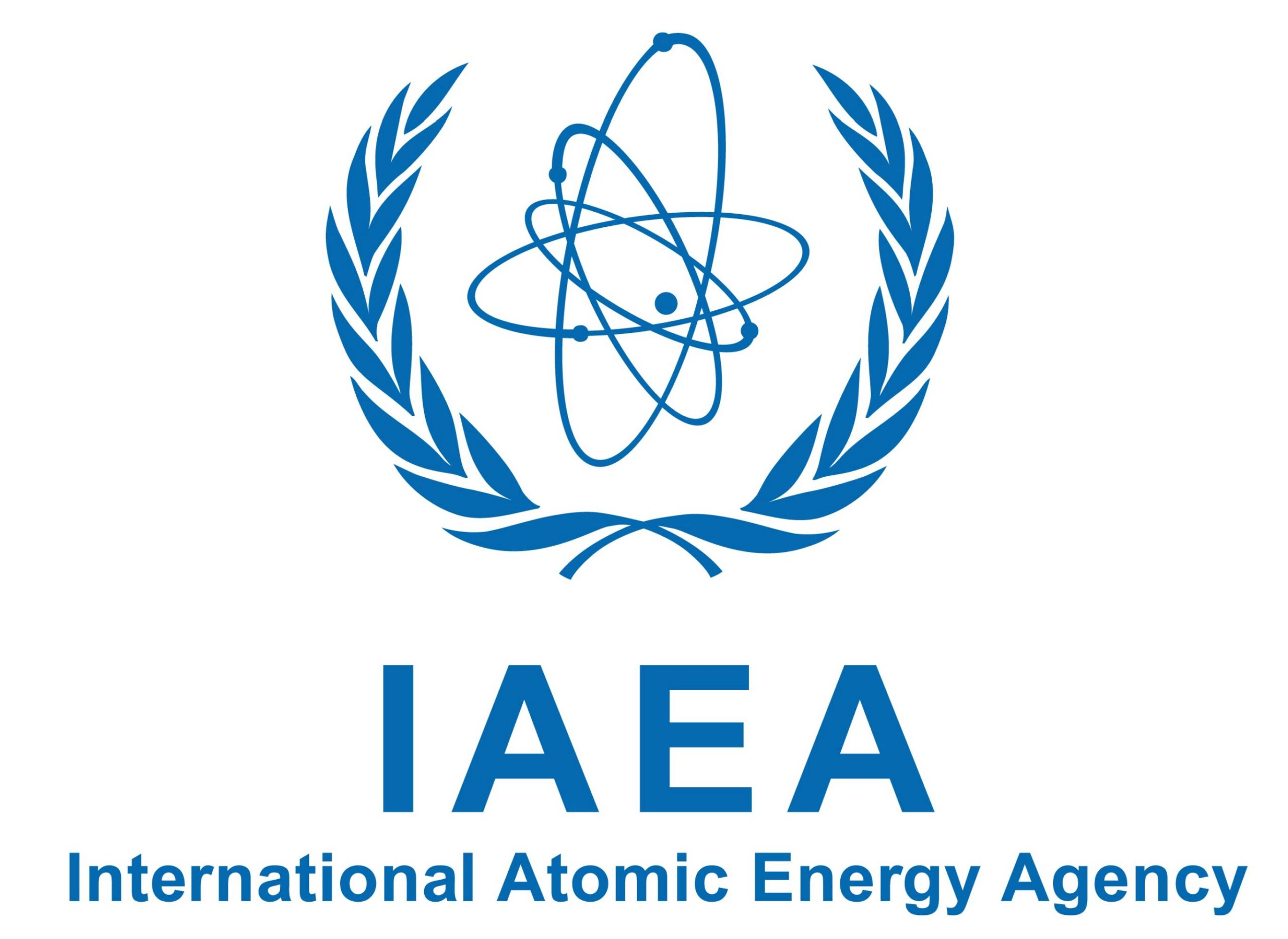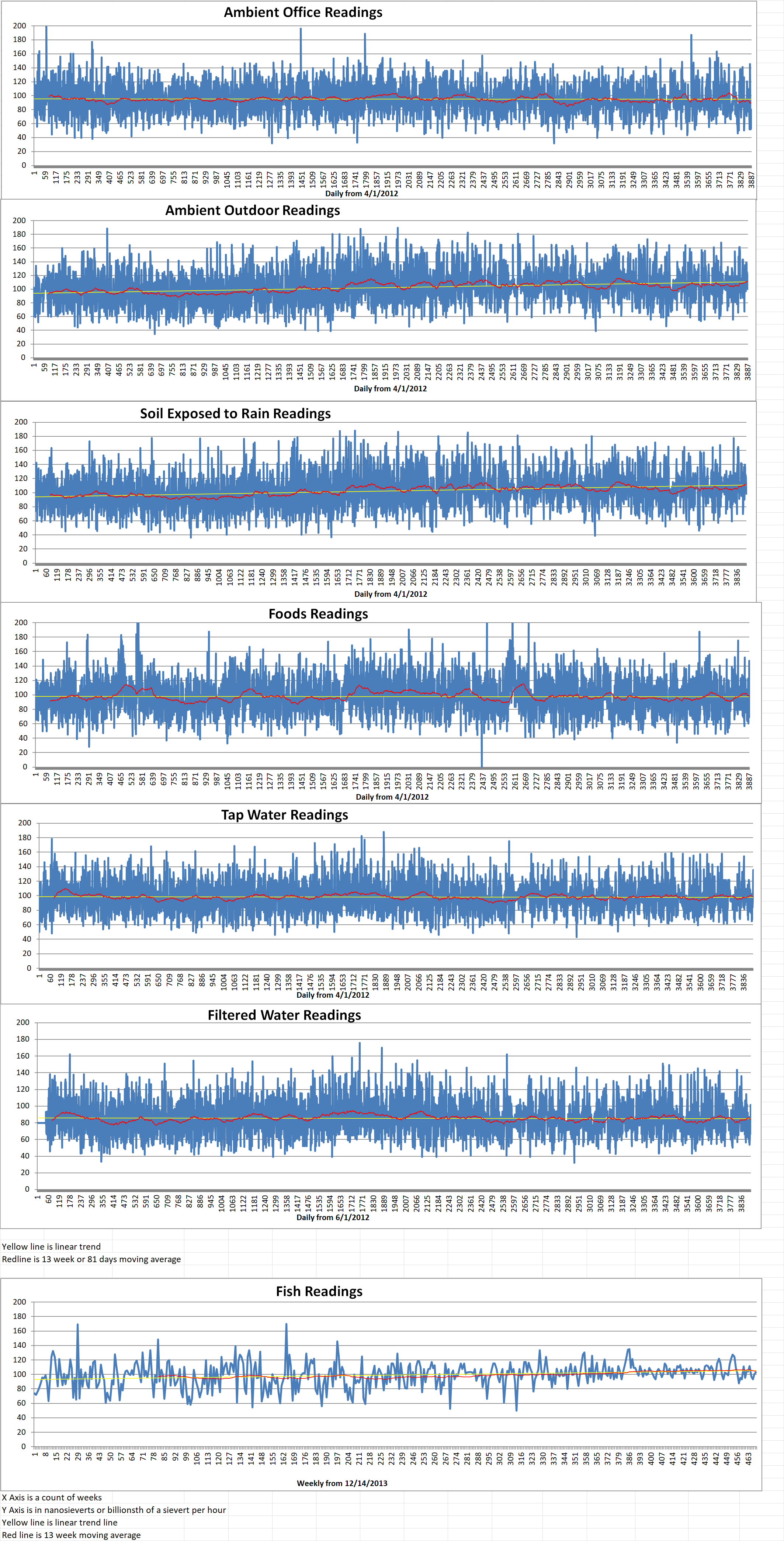Part 2 of 2 Parts (Please read Part 1 first)
The new IAEA report dedicates each chapter to a different fusion reactor design class. Details are provided including name, status, ownership, host country and organization. Also included is a short description of the device’s goals and main features. The report also provides statistics about publication, funding and other parameters that help create a comprehensive picture of the status of global fusion research efforts.
Tokamaks and stellarators are the most common fusion research devices and the focus of much of the current research. These are toroidal devices that contain huge magnets that control the movement of plasma where fusion occurs. The plasmas in these devices are a gas of charged particles at extreme temperatures. The IAEA report shows that there are currently more than fifty tokamaks and over ten stellarators in operation around the world. The largest tokamak in the world is the International Thermonuclear Experimental Reactor (ITER). Thirty-five nations are involved in the project which is being constructed in France.
Another approach includes inertial fusion which uses high-power lasers (or other means) to heat and compress tiny spherical capsules containing fuel pellets. In December of last year, the National Ignition Facility (NIF) in the U.S. used this approach to make significant progress in fusion research. About three thousand one hundred and fifty kilojoules of energy were generated from the two thousand kilojoules energy input from its one hundred and ninety two lasers.
Omar Hurricane is the Chief Scientist for the Inertial Confinement Fusion Program Design Physics Division, Lawrence Livermore National Laboratory, U.S. He said, “This year we find ourselves in a position where we can talk about the milestones of burning plasmas, fusion ignition, and target energy gain greater than unity in the past tense – a situation that is remarkable.”
The report also provides details about alternative designs that scientists continue to research for producing fusion. For example, when two ion beams generated by particle accelerator collide, fusion takes place at the collision point. While hydrogen isotopes are the most popular fuels for fusion research, isotopes of other elements are also being tested. One approach is to fuse a single proton with a boron-11 nucleus.
To demonstrate that fusion can effectively produce electricity, there are increasing efforts towards design and construction of demonstration fusion power plants or DEMOs. The report also dedicates a chapter to the twelve DEMO concepts at various stages of development in China, Europe, Japan, Russia, the Republic of Korea, the United Kingdom and the United States. Varying target completion dates span the next three decades. Barbarino said, “We’ve made significant progress in understanding fusion and its science, but there is still much work to do before it can become a practical source of electricity.”
Billions of dollars are being poured into fusion research by public and private entities. The world is now involved in a fusion race and the race is heating up. Great wealth awaits the companies who are able to harness nuclear fusion for commercial energy production and other uses. Achieving practical nuclear fusion will solve many problems related to energy production.

